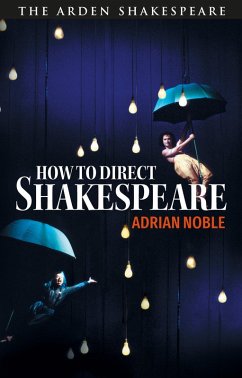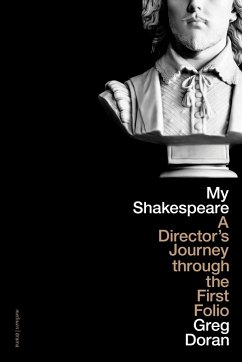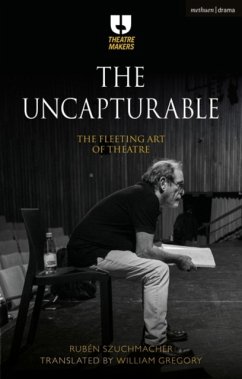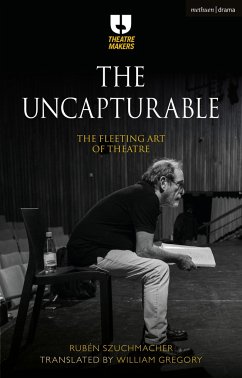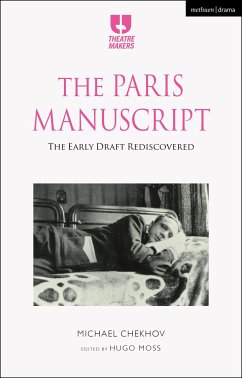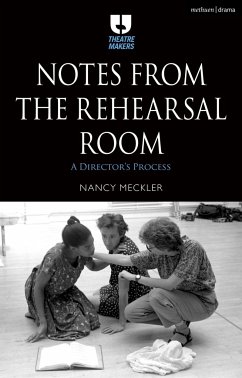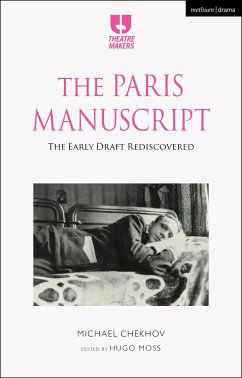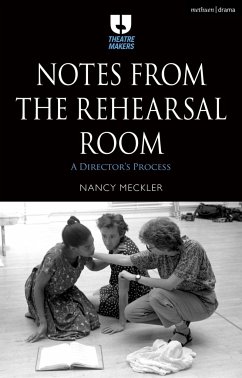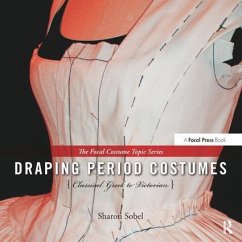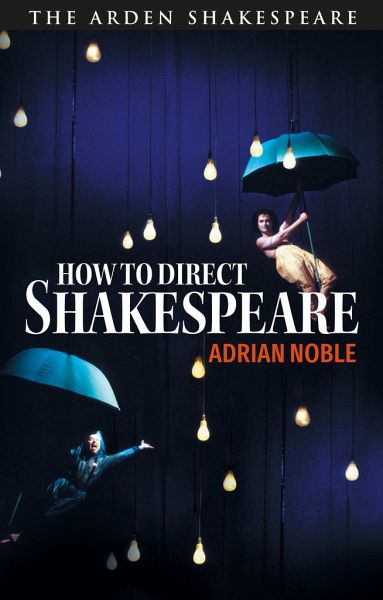
How to Direct Shakespeare
Versandkostenfrei!
Versandfertig in 2-4 Wochen
32,99 €
inkl. MwSt.
Weitere Ausgaben:

PAYBACK Punkte
16 °P sammeln!
Steeped in the wisdom and expertise of one of the great Shakespearean directors of our age, How to Direct Shakespeare equips you to direct any text. It guides you through each step of a production, from conception to final presentation to an audience, and along the way covers close analysis of the text, creating your vision for the production as you collaborate with the design team, cast the play and work with actors in rehearsal, and the encounter with the audience as you open your production. With detailed examples from his own practice, this is an inspirational and practical guide.




